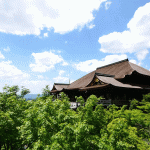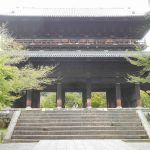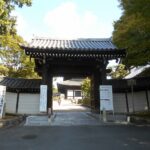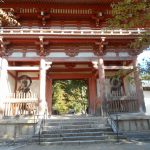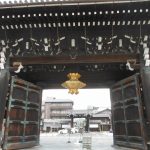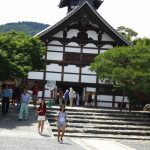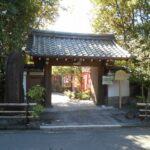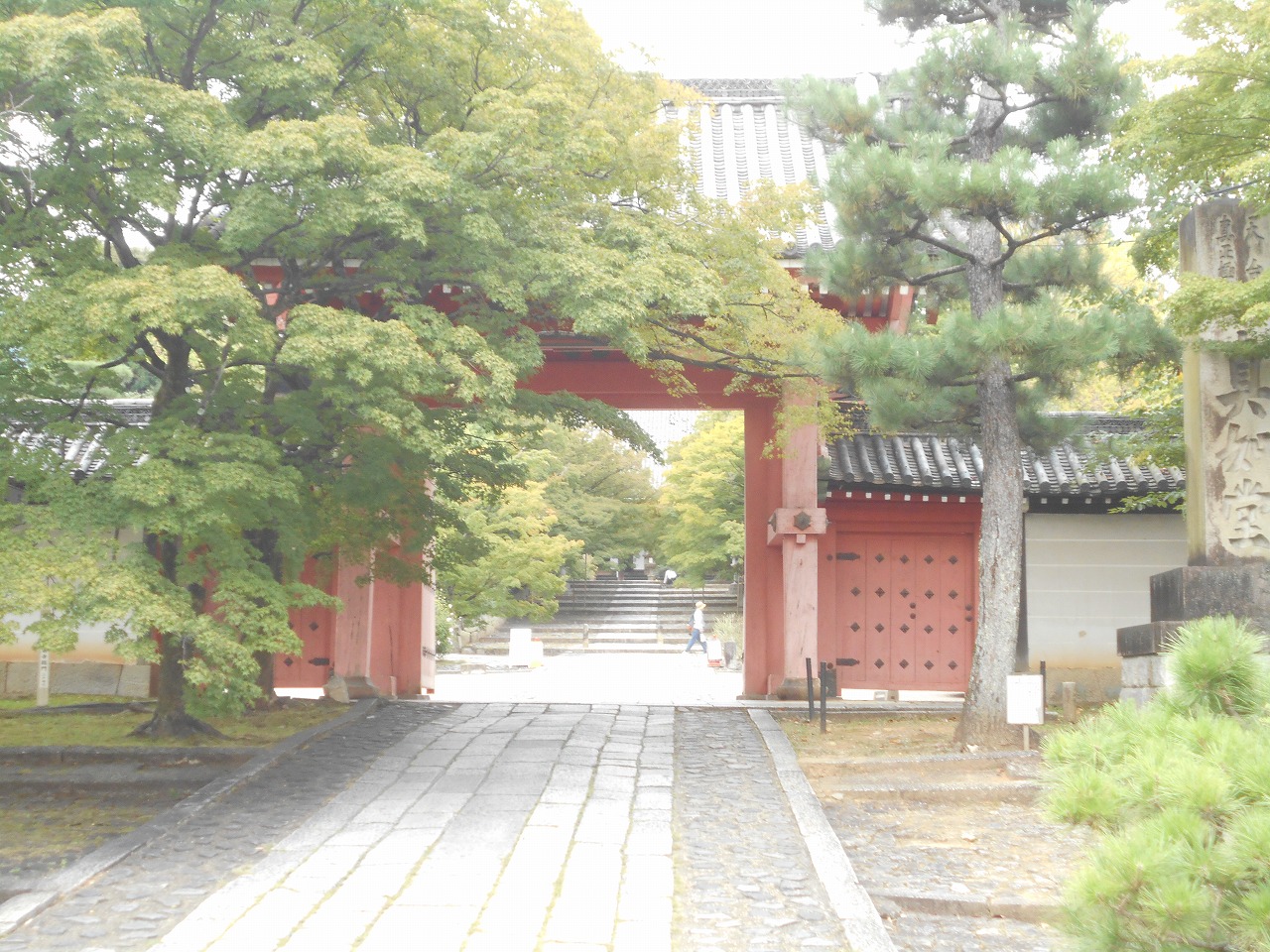
ページの目次
Shinnyo-do Temple(真如堂)
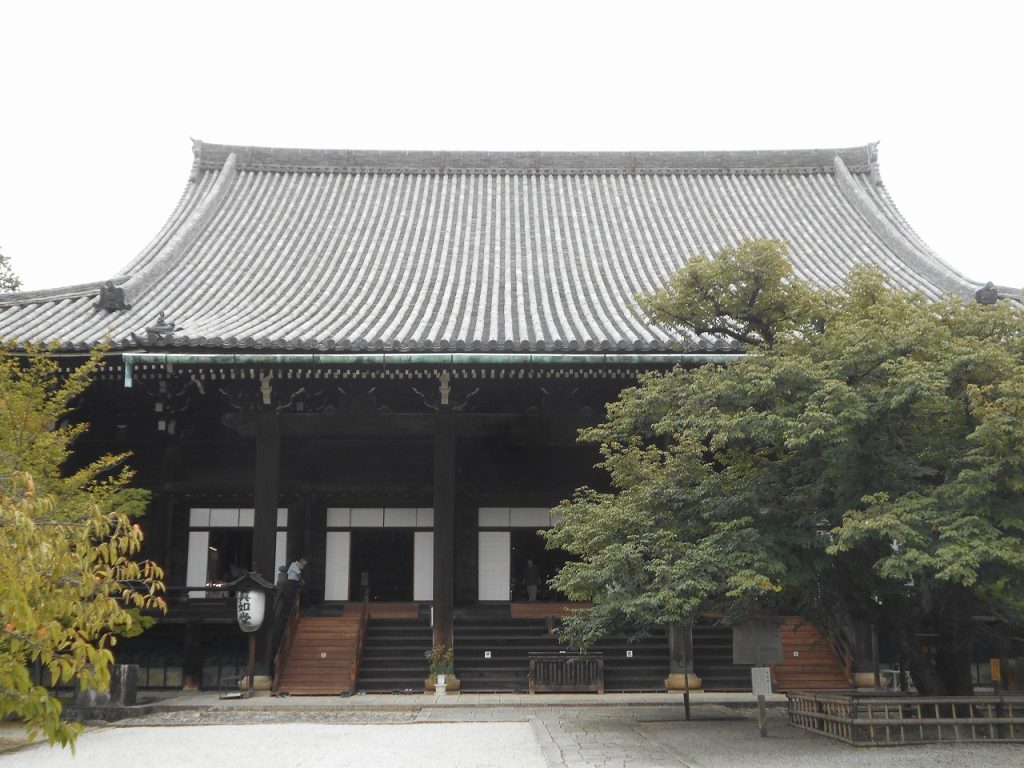
1. Location-Access
This temple is located at Higashiyama area near Ginkaku-ji in the North/East of Kyoto.
It takes 35 minutes from Kyoto station to Shinnyodo-mae by city bus #5, ten-minute walk.
(この寺は京都北東部、東山エリアの銀閣寺の近くに位置する。
市バス5系統京都駅から真如堂前(35分)、徒歩10分、
京都駅(JR奈良線3分)→東福寺(京阪電車7分)→神宮丸太町、徒歩35分。)
2. Who was built this temple?
1) This temple was built in 984 at the detached palace of Kaguraoka-higashi by the foundation patron of Hieizan, priest Kaizan.
The formal name is “Shinshogokuraku-ji” of Tendai Sect.
(真如堂は平安時代,984年に延暦寺の僧・戒算上人により神楽岡東の離宮に創建された。)
2) It is said to be the request of Senshi Fujiwara who was also known as Higashi Sanjyo-in, the mother of Emperor Ichijyo. Amida Nyorai standing statue made by Gikaku Buddhist saint was established at the main hall.
(それは、一条天皇の母、東三条院、藤原詮子の要望であり、慈覚大師により作られた阿弥陀如来立像が安置されたとされている。)
3) At first, the temple was located to Malashinryo-do at the north-east of present place.
But after being devastered in Onin Wars, it was moved to several areas and finally started to reconstruct at the present locations in 1693.
(当初、この場所の東北に位置する元真如堂の地にあった。しかし、応仁の乱で荒廃した後、各地へ転々とし、1693年に現在地へ戻り再建が開始された。)
4) The main hall was established in 1717, is one of the largest of main hall among the temple of Tendai Sect in Kyoto city. The principal image, Amida Nyorai statue is enshrined in this hall. This statue is called “Unazuki-no-mida” and is open the public only once a year, on November 15.
(本堂は江戸時代の1717年上棟で京都市内の天台宗寺院の本堂として、最大規模を誇り、
内部には本尊の阿弥陀如来立像が祀られている。
本尊は「うなずきの弥陀」とも呼ばれ、毎年11月15日に開帳されている。)
3. What is this temple famous for ?
1) Temple Treasures 貴重な寺宝
The temple treasures includes six volumes of Lolus Sutra copied at the behest of Unkei, a famous sculptor, the Shinnyo-do Engi to depict scenes of Onin Wars and other historic episodes, the great Picture of Nehan, open to the public every March and other numerous cultural assets.
(寺宝として、有名な仏師運慶の要望により書写された法華経六巻をはじめ、応仁の乱や他の歴史のエピソードを描いた室町時代の真如堂縁起、毎年3月に公開される大涅槃図などが多数貯蔵している。)
2) Nehan garden outstanding the Higashiyama mountain range 東山連峰が一望できる涅槃の庭
It’s very famous for beautiful spring Sakura and autumn leaves, particularly around Nehan garden with a borrowed landscape of the Higashiyama Mountains, three-story pagota and temple hall. Nehan(Nervada) garden is a dry landscape garden incorporating the scenery of Higashiyama Sanjyu-Roppo with Mt Hiei and Mt. Daimonji.
(春は桜、秋は紅葉が東山を借景にした「涅槃の庭」や三重塔、梵鐘に色付いた景色が
映え有名である。比叡山や送り火「大文字山」を含む東山三十六峰の稜線を見渡せる枯山水庭園である。)
3) Ancient Graves 歴史のある墓
In this temple, there are lots of ancient-graves names, such as the daughter of Emperor Gousai Shinjuingu, the Fujiwara Family and father of Emperor Kasugano-tubone .
(境内には後西天皇の皇女真珠院、藤原家や春日局の父などの墓がある。)
4. What is the highlight?
1) 総門 Sanmon (Main gate)
Sanmon is reffered to as “Red gate” painted vermilion gate and was built in 1685, Edo period.
(朱塗りの門で別名「赤門」と呼ばれ、江戸時代の1685年の建築。)
2) 本堂 Main hall (Important Cultural property)
Hondo is commonly reffered to as “Unazuki-no-Amida” and the principal image is Amida Nyorai.
(「頷きの阿弥陀」と呼ばれる本尊の阿弥陀如来を祀る。)
3) 書院 Shoin
There are Nehan(Nirvana) garden and Zuien(Imperial) garden in this garden.
① The landscape of painting of Great Nirvara which Buddha represents extinction, is designed. It shows as follows. The foreground is the Gangers River flow.
Buddha with a stone in the center. Pebbles around is the lamenting disciples.
Mitsui family’s temple has the fourth of the crest.
② Zuien garden is a dry landscape garden made by Chisao Shigemori in 2010.
Zuien means that the psychology of Buddha is expressed in various ways by fate.
(内部の拝観は有料で、涅槃の庭と隨縁の庭がある。
①涅槃の庭は、1988年曽根三郎作で枯山水庭園である。お釈迦様の入滅を表す涅槃図の風景がデザインされている。手前が「ガンジス川」の流れ、中央の大石が「横たわるお釈迦様」、周りの小石が「嘆く弟子たち」を表現している。
② 隋縁の庭は2010年重森千青氏より作庭された枯山水庭園である。隋縁とは「仏の心理自体は縁によって様々な姿で表現する」という。三井家の菩提寺で家紋「四つ目結」でデザインされている。)
4) 三重塔(京都府指定文化剤) Three-story Pagota
Architecture in Edo period ,1817.
(江戸時代の1817年の建築)
5) 元三大師堂(京都府指定文化剤) Gensandaisi
This building is architecture in Edo period, 1696 and he was enshrined as 18th chief abbot of Tendai Sect.
(江戸時代1696年の建築で、十八代天台座主「元三大師」を祀る。)
6) 鐘楼堂(京都府指定文化剤) Touro-do
Architecture in Edo period, 1817.
(江戸時代1759年の建築)
7) 鎌倉地蔵堂 Kamakurajizou-do
Jizouson broughy from Kamakura, is enshrined. In the Noh performance “Maruo Trap
and Sasyo-ishi” the kakera were curved.
(鎌倉から運ばれた地蔵尊が祀られている。能の演目である「丸尾の狐」「殺生石」の時の欠片を彫った。)
8) 万霊堂 Banrei-do
Unrelated countress spirits are enshrined in centering Jizo Bosatsu.
(地蔵菩薩を中心とした無縁の精霊が祀られている。)
